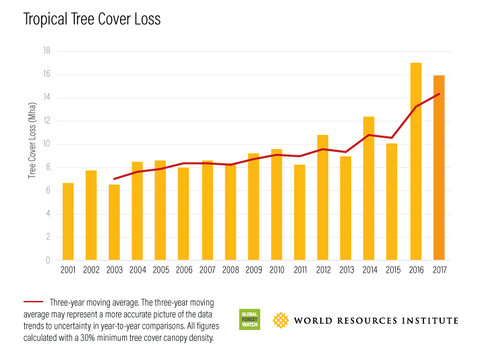At Impact Imports, we are proud to sell sustainably harvested natural / live edge wood slabs from Costa Rica. We've always believed their forestry practices were the best in the world, and now it has been confirmed. Read the article, below!
Following decades of decline, an unusual thing happened. The rate of deforestation slowed and eventually dropped to zero, and over time the trees began to return.
Branching out
What caused this dramatic reversal of fortune?
The simple answer is that Costa Rica began to realize the potential of its rich ecosystems and set about safeguarding them.
Policy-makers restricted the number of logging permits and created a national forestry commission to police forest activity.
In 1996, a system of payments for environmental services was introduced to help reduce poverty, especially in poor rural areas. The National Forestry Fund was established in recognition that a healthy rainforest provides numerous benefits, which include removing and storing CO2 from the atmosphere, and water filtration.
Tropical rainforests also harbour unknown quantities of natural resources that could be used to develop pharmaceuticals and natural medicines.
The fund offered landowners per-acre financial incentives to conserve their land and prevent it degrading, which led to improved land management and reforestation.
Both individuals and entire communities can benefit from the fund, which has helped create 18,000 jobs and indirectly supports a further 30,000. It is financed from several sources, including foreign investment and loans, as well as internal revenues from fossil fuel taxation,
Safeguarding natural resources has become a priority for policy-makers who have extended protection to include secondary rainforests, which regrow naturally after being cleared or degraded. More than half of Costa Rica’s tree canopy is now secondary rainforest.
A clear correlation exists between Costa Rica’s investment in regenerating its rainforests and the country’s economic success.
Today, around half of the nation’s GDP is linked to tourism. The country is home to thriving ecotourism and adventure tourism industries, which rely on healthy rainforests.
But Costa Rica’s success story is an exception to an otherwise negative rule. Globally, tropical tree canopy loss has almost doubled over the past decade.

As the above chart shows, 2017 saw the second highest global tree cover loss ever recorded. In that year, researchers at the University of Maryland found an area of tree loss equal to the size of Bangladesh. That’s the equivalent of losing 40 soccer pitches covered in trees every minute for a year.
While it’s important to note that tree canopy includes man-made plantations as well as natural forests, human land clearance for agriculture remains the key driver of large-scale deforestation.
Compounding the problem, climate change has increased the frequency of natural disasters, such as fires and extreme weather events, in recent years, which has accelerated deforestation in some parts of the world.
Trees provide a natural means of curbing global warming and more needs to be done to prevent deforestation around the globe. Costa Rica’s experience could provide a model of how to reverse declining canopy cover for other nations to follow.
...................
Keep it up, Costa Rica! We love what you're doing!!



